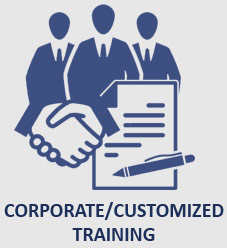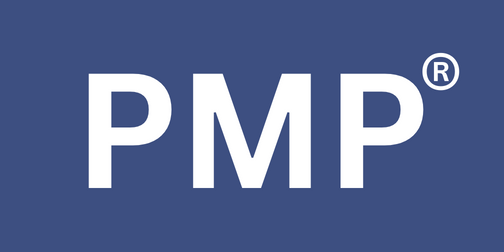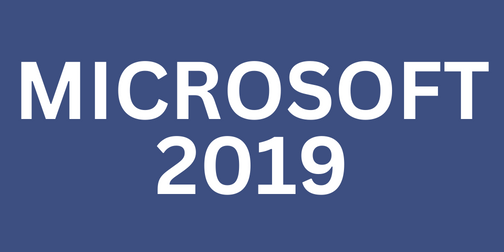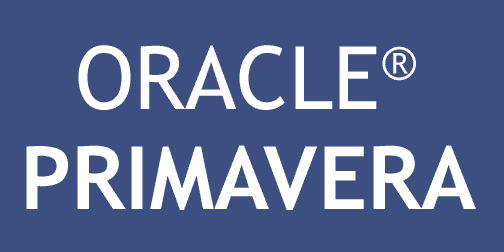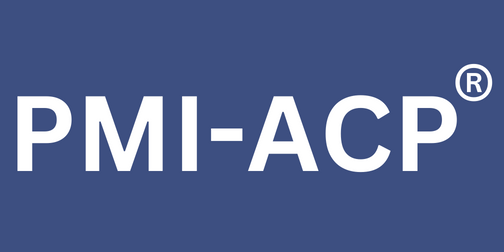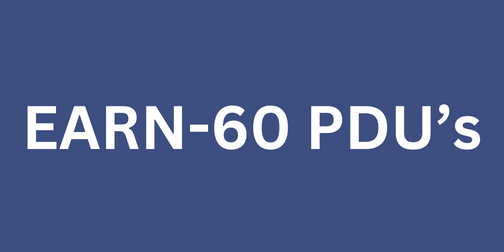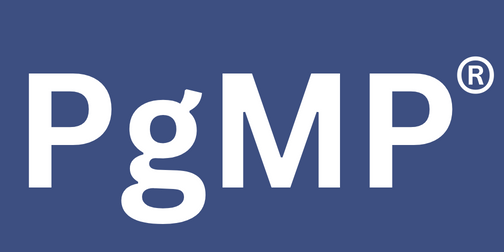|
Introduction: PeopleCert Scrum Master II
|
|
1 Agile and Scrum
|
Introduction to Agile and Scrum
|
- Understand the Agile project management style and the Agile Manifesto
- List and understand the Scrum values
- List and understand the Scrum values
|
|
|
Use of an Agile Approach
|
- Know the Stacey Complexity Model and its use
- Know the Stacey Complexity Model and its use
- Apply the Stacey Complexity Model to determine whether a given project should be considered for traditional or adaptive development approaches
- Determine whether a given activity is considered "doing Agile" or "being Agile"
- Explain the difference between "doing Agile" and "being Agile"
|
|
2. Skills Required by a Scrum Master
|
Servant Leadership
|
- Describe servant leadership
- Explain the responsibilities of a successful servant leader
- Describe the characteristics and qualities required to be a successful servant leader
- Identify possible violations of Scrum by a product owner or stakeholder who is applying excessive time pressure, as well as explain how to address them
|
|
|
Facilitator
|
- Explain the methods a Scrum Master uses to be a successful facilitator
- Describe the responsibilities of the Scrum Master when facilitating the different events of the Scrum framework to produce a well facilitated event
- Describe each of the five stages of facilitating an event: Preparation, Role Understanding, Timekeeping, the event itself, Wrapping up
- Describe four techniques for facilitating group decision making
|
|
|
Coaching
|
- Describe the three key steps to becoming a successful coach within the Scrum framework
- Describe each of the three coaching responsibilities of the Scrum Master: The Individual, the Team, the Organization
- Explain each of the steps in the Scrum. Master's coaching model, Prepare, Learn, Establish, Accept, Specify, Embed (PLEASE
|
|
|
Teaching and Training
|
- Explain the main goal of teaching and training the Scrum framework
- Describe the key elements of teaching and training the Scrum framework
- Explain the differences between facilitating, teaching, mentoring, and coaching
|
|
|
Communication
|
- List the four key aspects of effective communication
- Describe the Scrum Master's role in team communication
- Explain how to increase the effectiveness of communication
- Explain how to increase the effectiveness of team communication
- Describe the main philosophical differences (unemotional, emotional, linear, freeform) between the four communication styles (analytical, intuitive, functional, personal) and explain the advantages/disadvantages of each
|
|
|
Listening
|
- Describe the three levels of listening and the benefits of reaching the second and third levels
- Describe the three levels of listening and the benefits of reaching the second and third levels
|
|
|
Impediments
|
- Describe how impediments negatively affect a Scrum project: efficiency, effectiveness, business alignment
- List the three impediment categories: blocker, hindrance, and landmine
- Be able to categorize any impediment into one of the three impediment categories
- Describe at least three common organizational impediments outside the scope of a team that can affect the effectiveness of Scrum teams
- Describe possible tactics for removing impediments
- Analyse a list of impediments and provide possible solutions for each one
|
|
|
Problem Solving and Root Cause Analysis (RCA)
|
- List possible root cause analysis techniques
- Describe what happens during a root cause analysis
|
|
|
Organizational Change and Transition Management
|
- Explain the difference between "change" and "transition"
- Describe the benefits of transition management
- Describe the practical observations for leading and managing change
|
|
|
|
|
|
|
|
|
|
|
Additional Skills
|
- Describe the additional skills required of a Scrum Master: Manager of the Scrum framework and processes, Agile and Scrum expert, Knowledge of other frameworks and best practices, Continual learner, Direct assistance to the team as appropriate provider
- List the additional management responsibilities of a Scrum Master
- List the characteristics of a successful Scrum Master
|
|
3 Team Dynamics
|
Team Development
|
- Describe each the five phases of Tuckman's stages of group development
- Explain the role of the Scrum Master in each stage of the five phases
|
|
|
SelfOrganizing Teams
|
- Describe each of the seven principles that guide a self-organizing Scrum team
- Explain the benefits of and need for selforganized teams
- Describe the necessary ingredients of a successful Agile team
- Explain the three common. misunderstandings of self-organized teams
|
|
|
Co-Located and Virtual Teams
|
- Define the term “virtual team”
- Describe the challenges faced by a virtual team
- Describe the attributes of a good colocated team environment
- Provide examples of how the attributes of a good co-located team environment can be extended to virtual teams
- Explain possible solutions to addressing the lack of face-to-face synergy in virtual teams
- Describe the impact of cultural differences in a distributed team
- Describe each of the four small cultural differences that create a lack of cohesion
- Explain each of the measures and indexes used to analyse significant cultural differences that create a lack of cohesion
|
|
4 The Scrum Framework
|
Scrum Events
|
- List and explain the steps involved in Scrum Events
- Describe the timeframe for each Scrum Event
- List which artifacts should be used
- List the key sprint information radiators: The task board, The sprint burn-down chart, The daily Scrum board, The niko-niko calendar, The Scrum velocity improvement chart, The release bar-style burn-down chart, The release parking-lot chart
- Describe the purpose of each of the key sprint information radiators
|
|
|
Strategic Alignment: The Business Case
|
- Describe how the business case and project charter are developed, including the key elements of a good business case
|
|
|
Product Backlog Refinement
|
- Explain why the product planning level is identified before the release planning level
- Explain how the product level behaves when there is a new project versus an existing project
- List the four different forms that requirements are gathered in
- List the guidelines used when requirements are added, modified, or removed from the product backlog
- List the three conditions under which a requirement can be added to the product backlog
- Explain how including a bug list board can ensure technical debt is managed down
|
|
|
List the release level triggers
|
- List the release level triggers
- Describe the components in the development of the overall release plan and how they are driven by scope and time
- Explain the concept of deployment and release points including the rolling wave approach
|
|
|
The Sprint
|
- Explain why the sprint layer of the planning onion is iterative and formally repetitive
- List development practices that will help Scrum teams deliver a high-quality product increment and reduce technical debt each sprint
- Explain the difference between one-part and two-part sprint planning
- Describe how the sprint planning meeting should be concluded
- List each of the four dimensions used for brainstorming in the sprint retrospective and the three questions asked of each dimension to ensure a thorough sprint retrospective
- List the four questions asked during the daily Scrum and explain how this ensures transparency, inspection, and adaptation
- Describe the purpose of the daily execution event and explain the role of the Scrum Master
|
|
5 Visual Management
|
Visual Management
|
- Explain the objectives of visual management
- List the key information radiators: The task board, The sprint burn-down chart, The daily Scrum board, The niko-niko calendar, The Scrum velocity improvement chart, The release bar-style burn-down chart, The release parking-lot chart
- Describe the purpose and identify the inputs for each of the key information radiators
|
|
6 Scaling Scrum
|
The Purpose of Scaling Scrum
|
- Describe the need for and purpose of scaling Scrum
- Describe the goal of scaling Scrum
|
|
|
Roles in Scaling Scrum
|
- Explain the role of a chief product owner and a product line owner and describe the differences between the two roles in Scaling Scrum
- List the main responsibilities of the chief product owner in Scaling Scrum
- Explain the role of a chief Scrum Master
- List the main responsibilities of the chief Scrum Master in Scaling Scrum
- Explain how the dedicated integration development team functions in scaled Scrum
|
|
|
Scaled Artifacts and Events
|
- Describe how to scale the product backlog for multiple Scrum teams
- Identify reasons why multiple teams working on the same product backlog must have a shared and consistent definition of “done
- Describe how to scale the release plan for multiple Scrum teams/multiple products
- Describe the practice and purpose of big room planning to the release kickoff meeting
- Describe the practice and purpose of rolling look-ahead planning
- Describe the practice and purpose of the Scrum of Scrum meetings
|
|
|
|
|
 PeopleCert SCRUM Master II Certification Benefits
PeopleCert SCRUM Master II Certification Benefits How to become PeopleCert SCRUM Master II Certified?
How to become PeopleCert SCRUM Master II Certified? What Can KnowledgeWoods Do for You?
What Can KnowledgeWoods Do for You?










